Anatomy
All you need to know about anatomy involved in a vaginal birth

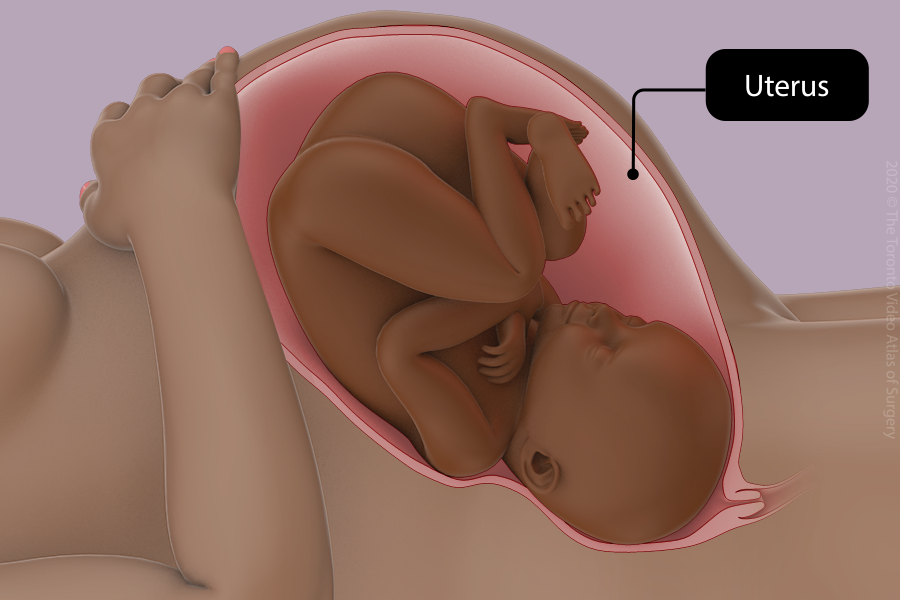
The uterus
Your baby develops throughout your pregnancy inside your uterus. The uterus is designed to stretch and allow the baby to grow.
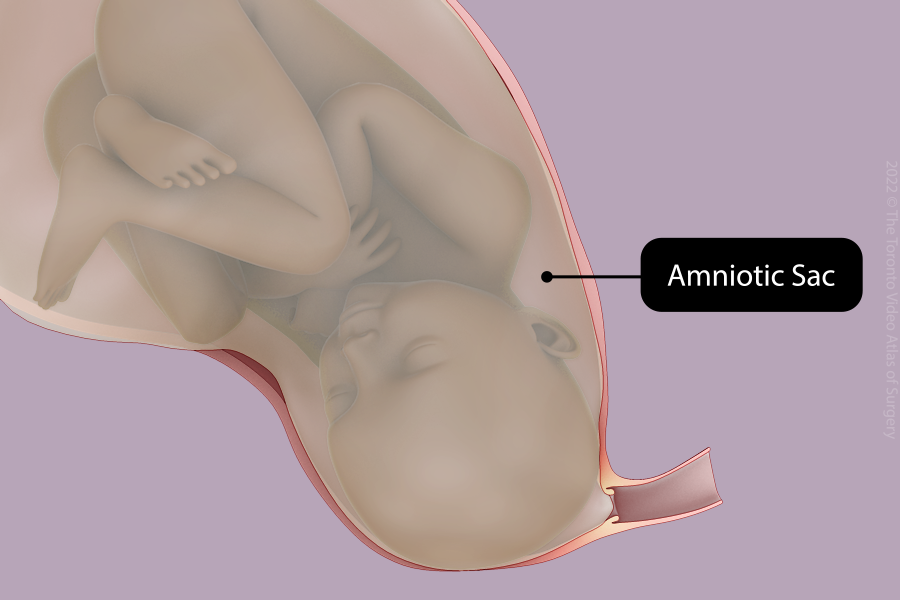
The amniotic sac
Within your uterus, the baby develops inside the amniotic sac that is filled with amniotic fluid. When the amniotic sac breaks, it is referred to as the “water breaking”, which feels like a gush or constant trickle of fluid.
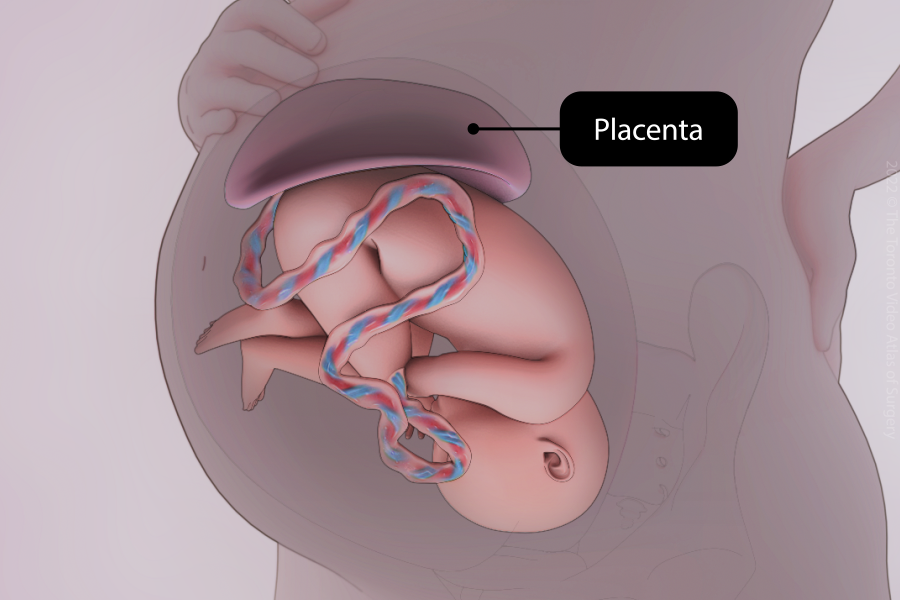
The placenta
The placenta is an organ that transports blood to and from the baby through the umbilical cord. The placenta usually delivers shortly after the baby is born with gentle assistance from your labour care provider.
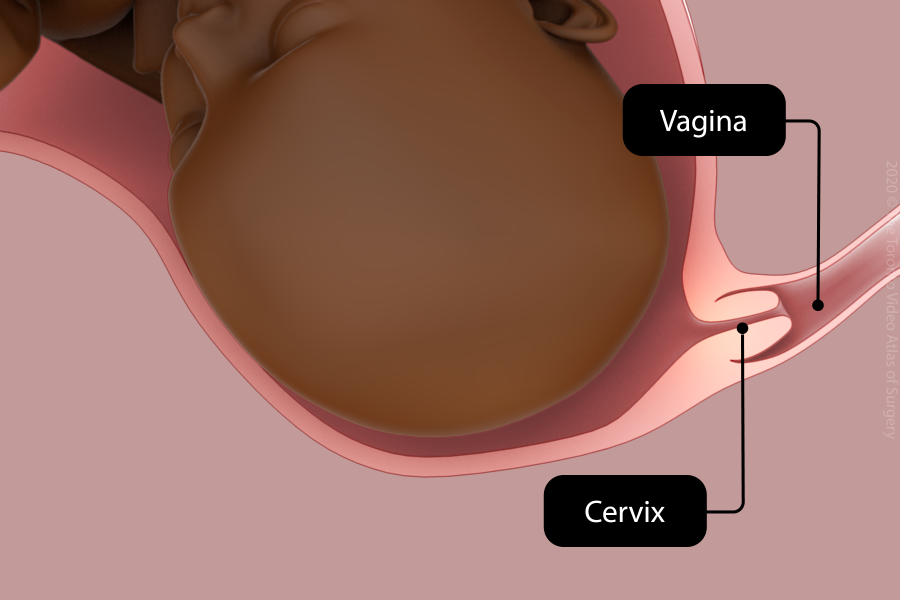
The cervix
The cervix is the opening of the uterus and sits inside the vagina. The cervix stays closed throughout pregnancy.
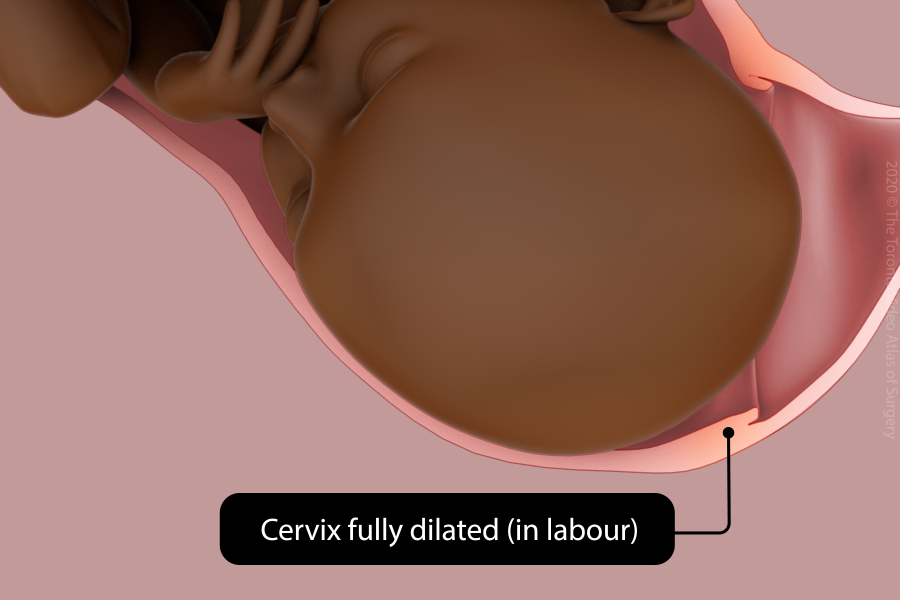
The cervix (in labour)
During labour, the cervix shortens (effaces) and opens (dilates) to allow the baby to move from the uterus through the birth canal. If the cervix opens fully (10 cm) and the baby moves down into the pelvis, the baby can usually be born vaginally.
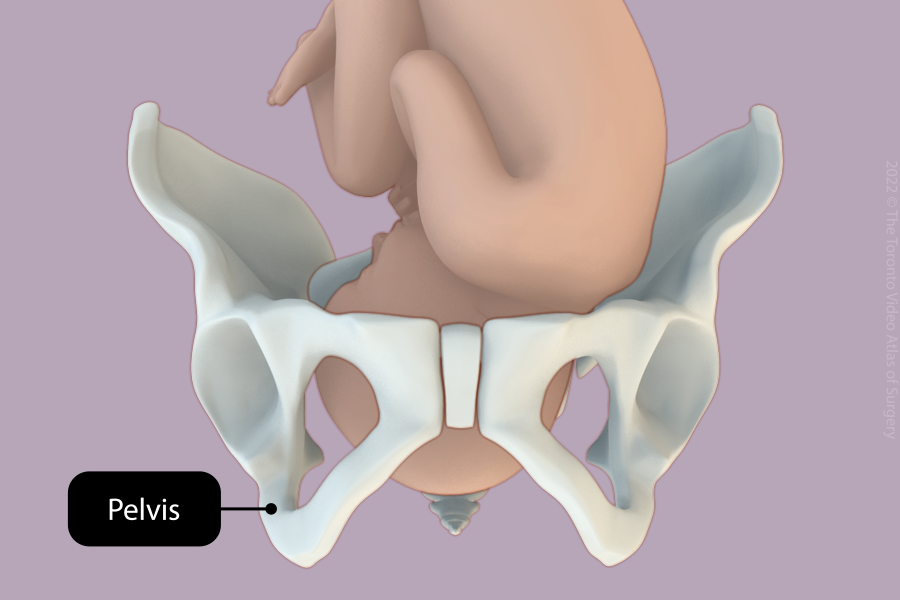
The pelvis
The baby must pass into the space between the pelvic bones and then under the pubic bone towards the opening of the vagina.
The shape of the pelvic bones varies in different people. When the baby does not fit through the pelvis, a Cesarean delivery may be required. Unfortunately, there is no test before labour that can tell if the baby will fit through your pelvis.
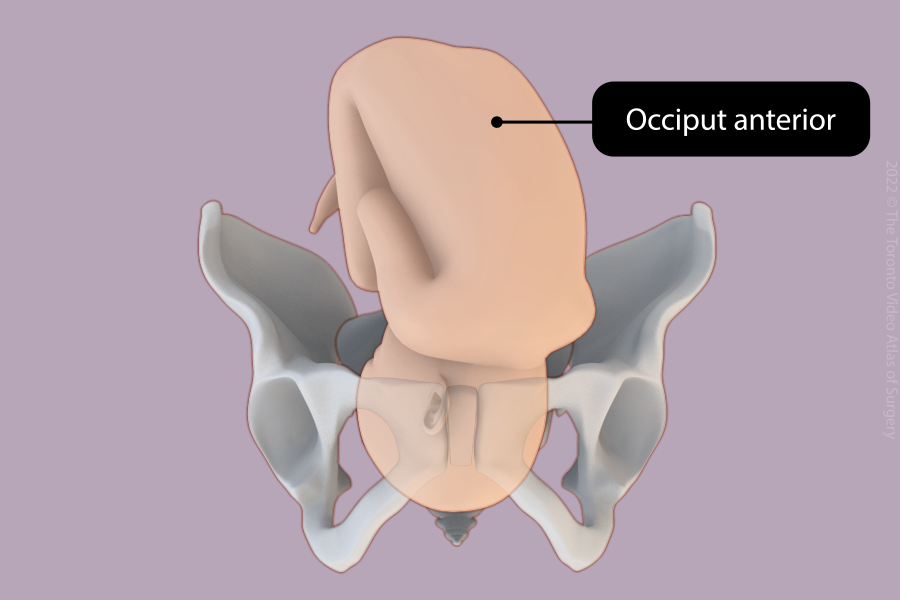
The baby - position
Your care provider will examine the baby through your vagina to determine the baby’s position and station.
The position describes which way the baby is facing. The smallest diameter is where the baby faces downwards (occiput anterior). The baby may face upwards (occiput posterior) or sideways (occiput transverse), or anywhere in between. Sometimes your care provider may use their hands to adjust the position of the baby to make the birth easier.
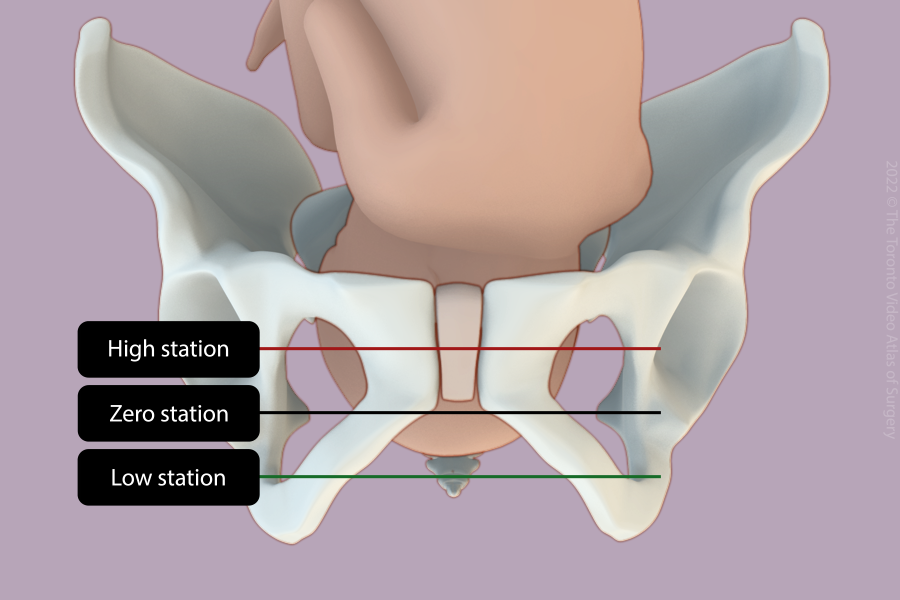
The baby - station
Your care provider can also assess station, which describes how low the baby is in your pelvis. Sometime you may wait to start pushing until the baby is low.
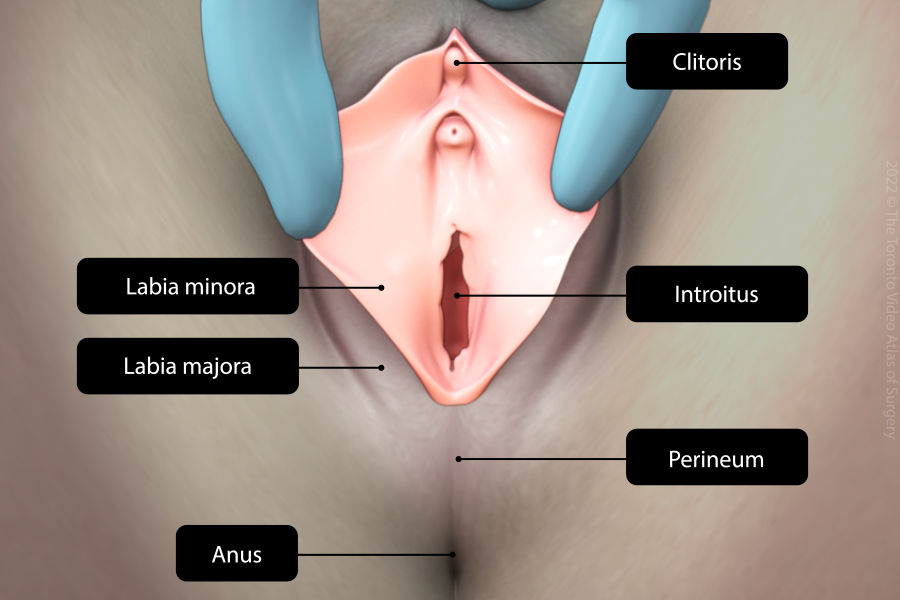
The vulva
The vulva includes the labia minora and majora, clitoris, vaginal introitus (opening), and perineum (skin between the vagina and the anus). Most people have a small tear or cut (episiotomy) during a first vaginal birth.
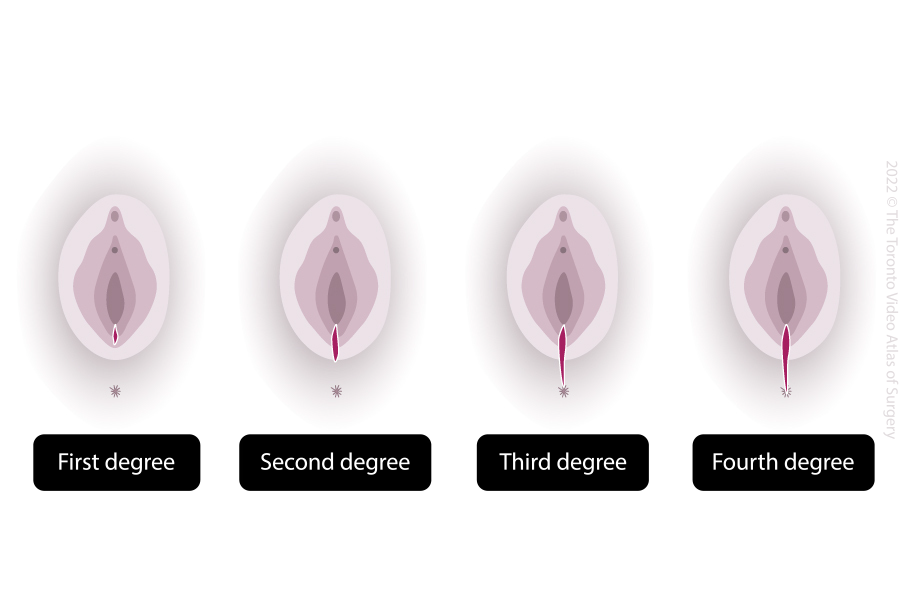
Tears
Tears are graded as first, second, third, and fourth degree depending on how deep they are.
- First (skin only)
- Second (skin and pelvic floor muscles)
- Third (muscles of the anus)
- Fourth (through the anus completely)
Third and fourth degree tears are uncommon.
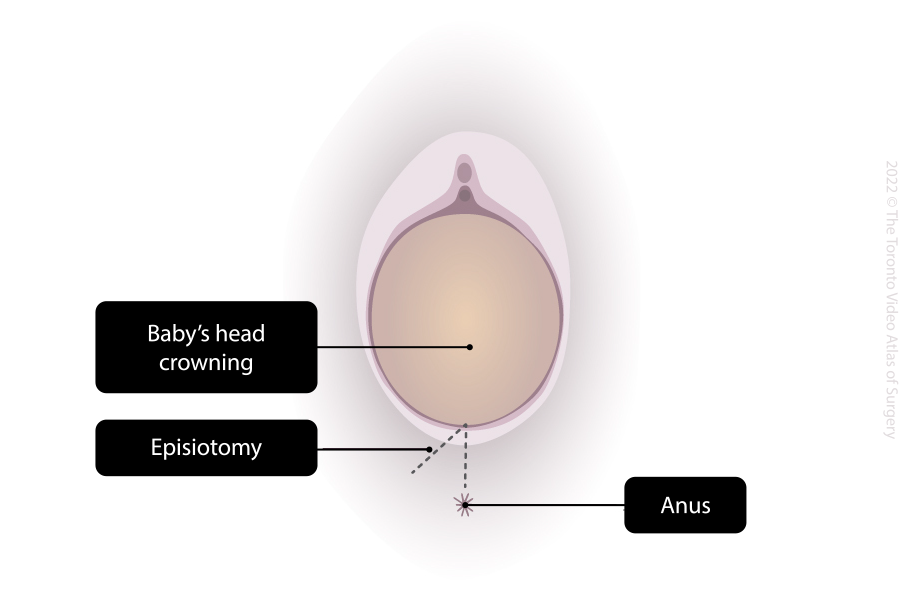
Episiotomies
An episiotomy is a lateral cut made to prevent tears into the anus. Episiotomies are not performed routinely although may be necessary or recommended in certain situations. The most common reasons for an episiotomy are:
- Assisted vaginal birth (forceps or vacuum)
- Quicker birth due to concerns about the baby’s wellbeing
- Short distance between the vagina and anus (perineum)